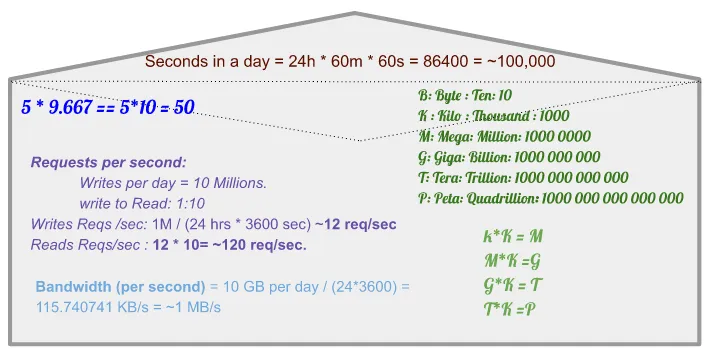Common Terms of System Design
System design involves creating the architecture of a system to meet specific requirements. Here are some common terms used in system design: Network Partition In the context of distributed databases or systems, network partitions are particularly challenging because they force the system to make trade-offs between consistency, availability, and partition tolerance, as described by the … Read more


